Every workplace has go-to people.
They know how everything works.
They remember the fixes no one documented.
They have shortcuts for processes that should take twice as long.
They know who to call when something breaks, even if it’s not their job.
Then one day, they leave.
And suddenly, everything starts falling apart.
The new team can’t find the documents.
Processes slow down.
Mistakes increase.
Clients notice.
This happens every day in businesses that don’t have a proper knowledge management system.
Years of experience walk out the door in a single resignation letter.
Why Losing Knowledge Hurts Business Continuity
Knowledge loss isn’t just about forgetting how to do something.
It affects operations, productivity, and even revenue.
Here’s why businesses feel the impact almost immediately.
1. Work Slows Down
When key employees leave, others have to figure things out on their own.
Tasks that took minutes now take hours because no one knows the best way to do them.
Teams spend time asking around, searching for answers, or making mistakes that could have been avoided.
2. Customer Service Suffers
Clients expect consistency.
If a key employee leaves and takes knowledge with them, the quality of service can drop fast.
New employees don’t know the history, the context, or the little things that keep customers happy.
Mistakes happen.
And customers notice.
3. Training Becomes a Nightmare
New hires take longer to get up to speed when there’s no structured knowledge transfer.
Instead of learning from clear guides and process maps, they rely on trial and error.
This makes onboarding slow, frustrating, and expensive.
4. Teams Waste Time and Repeat Mistakes
Without documented knowledge, employees make the same mistakes over and over.
Instead of improving processes, they waste time fixing old problems that were already solved before.
A lack of proper documentation keeps businesses stuck.
How to Capture Knowledge Before It’s Too Late
Fixing this isn’t complicated.
It just requires a structured approach to capturing, storing, and transferring knowledge.
Here’s how to do it right.
1. Document Everything That Matters
Start by writing down processes before key employees leave.
Focus on the tasks only they know how to do.
Some key areas to cover:
- Step-by-step guides for daily tasks.
- Process maps showing workflows.
- Workarounds or fixes employees use often.
- Key contacts and external relationships.
Even basic documentation is better than nothing.
2. Use Process Maps Instead of Long Manuals
People don’t like reading huge text-heavy documents.
Process maps show the flow of tasks visually, making them easier to follow.
A good process map should include:
- Who is responsible for each step.
- What happens next.
- Common roadblocks and how to fix them.
The simpler, the better.
3. Create Work Instructions for Critical Tasks
If a process involves multiple steps or requires special knowledge, write down clear work instructions.
Good instructions should be:
✅ Short and to the point.
✅ Step-by-step with screenshots or diagrams.
✅ Accessible and easy to find.
If employees can’t find them quickly, they won’t use them.
4. Record Training Sessions and Demos
Instead of explaining the same thing over and over, record key training sessions.
Videos are faster to consume and easier to reference later.
If a key employee is leaving, have them record walkthroughs of their daily tasks.
5. Make Knowledge Sharing Part of the Culture
Capturing knowledge shouldn’t only happen when someone quits.
Encourage teams to:
- Document as they go.
- Share updates on process changes.
- Keep a centralised knowledge base for easy access.
The more knowledge is shared, the less risk there is when people leave.
6. Store Everything in One Place
Scattered documents are just as bad as no documents.
Knowledge should be stored in a single, searchable system like:
📂 A company wiki or intranet.
📂 A shared drive with clear folder structures.
📂 A digital process management tool.
If employees can’t find the information fast, they won’t use it.
7. Assign Knowledge Owners
Every process should have someone responsible for maintaining it.
This keeps information accurate, updated, and accessible.
Without ownership, documentation gets outdated and people stop trusting it.
The Cost of Doing Nothing
Businesses that don’t capture knowledge before key employees leave pay the price later.
They deal with:
❌ Lost productivity.
❌ Expensive onboarding.
❌ Customer complaints.
❌ Inconsistent service.
❌ Higher risk of mistakes.
The worst part?
They don’t realise the problem until it’s too late.
Takeaway
When employees leave, they take more than just their skills.
They take years of knowledge, experience, and problem-solving.
If that knowledge isn’t captured, businesses struggle to recover.
Process maps, work instructions, and a proper knowledge management system protect businesses from losing critical information.
Good documentation isn’t just for compliance—it’s for survival.
Because once knowledge is gone, you don’t get it back.






